- Water Testing Meters
- Anemometer
- Length & Distance Meter
- Multimeter & Clamp Meter
- Light and Sound Meter
- Slide Calipers & Screw Gauge
- Thermometer & Hygrometer
- Milk Testing Meters
- Paper, Grain & Wood Testers
- Stopwatch & Timers
- Soil Testing Meters
- Refractometers & Analyzer
- Magnetic Compass
- Tachometer & Megger
- Thickness & Dia-Meters
- Other Meter And Accessories
Hanna Chlorine Test Kit HI-3831T, Romania
৳ 3,600.00
- Total Chlorine Test Kit
- Model: HI-3831T
- Range: 0.0 to 2.5 mg/L (ppm) Chlorine
- Brand: Hanna, Romania
Out of stock
SKU:
64859
Category: Test Kits & Tablets
Tags: Biofloc Equipment List, Biofloc Solution, Chemical Test Kits, Chlorine Test Kit, Water Test Kit
Description
Hanna Total Chlorine Test Kit Model No. HI-3831T, 50 Tests Made in Romania. The HI3831T total chlorine test kit is equipped with everything you need to determine total chlorine levels in water.
The chlorination of water supplies and polluted waters mainly destroys or deactivates disease-producing micro-organisms. It also improves the quality of drinking water, as chlorine reacts with ammonia, iron, manganese, sulfide, and some organic substances.
Nevertheless, high amounts of chlorine will produce adverse effects, like the formation of potentially carcinogenic compounds (e.g. chloroform) or harmful to aquatic life (e.g. chloramines). Thus it is essential to control that the proper amount of chlorine has been added to fulfill the primary purpose of disinfecting and to minimize any adverse effects.
Order information on the Chlorine Test Kit
The HI-3831T total chlorine test kit comes supplied with a color comparison cube, 20mL chlorine reagent 1, 15mL chlorine reagent 2, and 15mL chlorine reagent 3. This package contains 50 Tests.
Specifications of Total Chlorine Test Kits:
| Model | HI3831T |
| Name | Total Chlorine Test Kit – HI3831T |
| Total Chlorine Measurement Type | Colorimetric |
| Total Chlorine Range | 0.0 to 2.5 mg/L |
| Total Chlorine Resolution | 0.5 mg/L |
| Total Chlorine Number of Tests | 50 |
| Chlorine Method | DPD |
| Weight | 205 g (7.7 oz.) |
| Dimensions | 220x145x55 mm (8.7×5.7×2.1 in.) |
User Manual of Hanna Total Chlorine Test Kit:
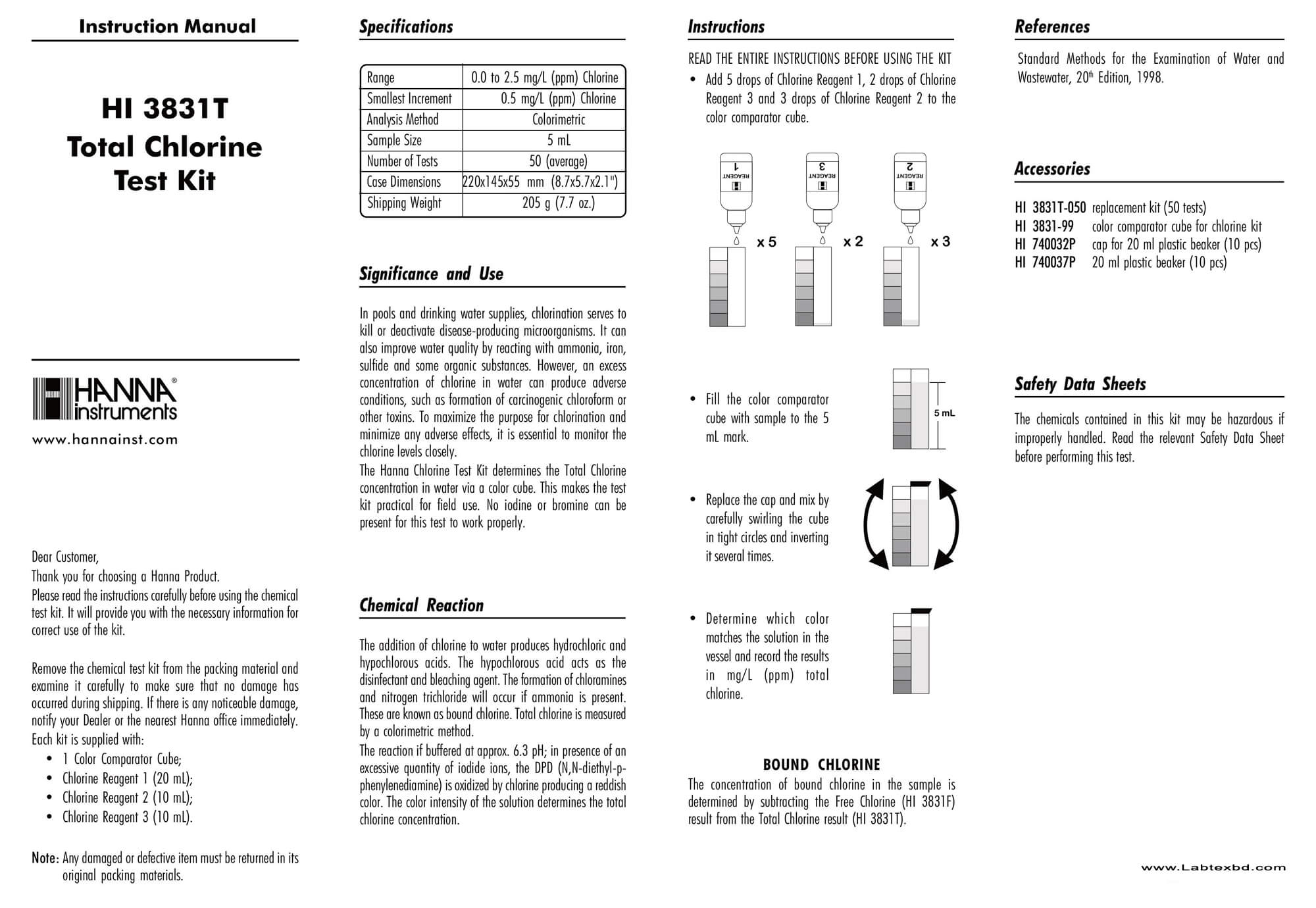
The HI3831T is a colorimetric chemical test kit that determines the total chlorine concentration within a 0.0 to 2.5 mg/L (ppm) range. The HI3831T is supplied with all of the necessary reagents and equipment to perform the analysis. The test kit contains enough reagents to perform approximately 50 tests.
- Complete setup
- All required materials are included with the test kit, such as the sample beaker, color comparison cube, and reagent dropper bottles.
- High resolution
- Readings from 0.0 to 2.5 mg/L are determined to 0.5 mg/L resolution.
- Replacement reagents available
- There is no need to buy a new kit when reagents are exhausted. The HI3831T-050 reagent set can be ordered to replace the reagents supplied with the kit. This reagent set comes with 1 (20mL) dropper bottle of chlorine reagent 1, 1 (15mL) dropper bottle of chlorine reagent 2, and 1 (15mL) dropper bottle of chlorine reagent 3.
The chlorination of water supplies and polluted waters mainly destroys or deactivates disease-producing microorganisms. Chlorine also improves the quality of drinking water, as it reacts with ammonia, iron, manganese, sulfide, and some organic substances. Nevertheless, high amounts of chlorine will produce adverse effects like the formation of potentially carcinogenic compounds (e.g. chloroform) or harmful to aquatic life (e.g. chloramines). It remains essential to control the amount of added chlorine to fulfill the primary purpose of disinfecting while also minimizing any adverse effects.
Reviews (0)
Only logged in customers who have purchased this product may leave a review.
About brand
Labtex – Your Trusted Source for Hanna Instruments in Bangladesh
Labtex is a leading seller, supplier, and stockist of Hanna Instruments in Bangladesh. With years of experience in the scientific and industrial instrumentation market, we are committed to delivering only genuine, high-quality Hanna products to our clients across laboratories, educational institutions, industries, and research facilities.
🔹 Original Hanna Instruments – Guaranteed
We provide 100% authentic Hanna brand instruments, sourced directly from the official distributor. Each product comes with a manufacturer’s warranty and full after-sales support, ensuring peace of mind and long-term reliability.
🔹 Our Product Range Includes:
pH Meters (Portable, Bench, and Pocket)
Conductivity (EC) Meters
TDS Meters
DO (Dissolved Oxygen) Meters
ORP Meters
Multiparameter Meters
Turbidity Meters
Refractometers
Ion Selective Electrodes (ISE)
Laboratory Instruments
Calibration Buffers and Solutions
Accessories & Replacement Parts
🔹 Why Choose Labtex?
✅ Stockist of Hanna Instruments
✅ Wide Inventory & Ready Stock
✅ Genuine Products with Warranty
✅ Competitive Prices
✅ Expert Consultation & Technical Support
✅ Fast Delivery Anywhere in Bangladesh
📞 Contact Us Today
If you're looking for precision, reliability, and expert support in measurement instruments, Labtex is your go-to partner for Hanna Instruments in Bangladesh.
- Address: Eastern Kamlapur Complex (1st Floor), 64-68, North Kamalapur, [Opposite of Kamlapur Rail Station], Dhaka-1217, Bangladesh.
- Contact Numbers: +8801748-549093, 01725-696603 (10 am to 7 pm).
- Office Time: 10:00 am-7:00 pm (Closed on Friday and Govt Holidays).
- WhatsApp: +8801748-549093, 01725-696603(10 am to 7 pm).
- E-mail: Labtexbangla@gmail.com
- Website: www.labtexbd.com
Shipping & Delivery
Delivery within 1-3 working days in Dhaka City and 3-5 working days anywhere in Bangladesh.
Disclaimer and Declaration
We are using this website as a catalog or brochure to represent our company in the digital world. Here displayed products and the physical products may slightly vary due to the deviation of lighting sources, photography, or your device display settings. And to improve product quality and prevent counterfeiting, actual products may vary, which may not match the image shown here. And here prices shown may be changed depending on the market price. And all prices are without VAT and AIT. Displayed on this website are not our ready-stock products, but we can deliver within the due time, which means delivery within 1-3 days in Dhaka city and within 3-5 days anywhere in Bangladesh.N.B.: We can’t deliver liquid products outside of Dhaka City. Please don’t place an order for liquid products from outside Dhaka City.Special Caution: None of our chemicals is suitable for human consumption or use in food. These are only for Research and Analysis.
Website Disclaimer:
This website may use some copyrighted materials without specific authorization of the owner, but the contents used here which is under the “Fair Use” of website content Policy. Copyright Disclaimer Under section 107 of the Copyright Act 1976, allowance is made for “fair use” for purposes such as comment, news reporting, teaching, scholarship, research, and analysis. Fair use is a use permitted by copyright statute that might otherwise be infringing. Non-profit, educational, training, experimental, or personal use tips the balance in favor of fair use. If you have any complaints about our content or find any content, image, video, or text that is copyrighted by you and want to remove it from this website, please feel free to email us at Labtexbangla@gmail.com. Those contents will be removed from this website.বি: দ্র: আমাদের অফিস থেকে সরাসরি পণ্য নেওয়ার ক্ষেত্রে, আমাদের অফিসে আসার নূন্যতম ৩ ঘন্টা আগে ফোনে জানিয়ে আসতে হবে। নতুবা ততক্ষনাৎ অফিস থেকে পণ্য দেওয়া সম্ভব হবে না।বিশেষ সর্তকতাঃ আমাদের কোনও রাসায়নিকই মানুষের ব্যবহারের জন্য বা খাবারে ব্যবহারের জন্য উপযুক্ত নয়। এগুলি কেবল গবেষণা এবং বিশ্লেষণের জন্য।
Related products
Hanna Total Hardness Test Kit HI3812 Romania
Rated 5.00 out of 5
34 in stock




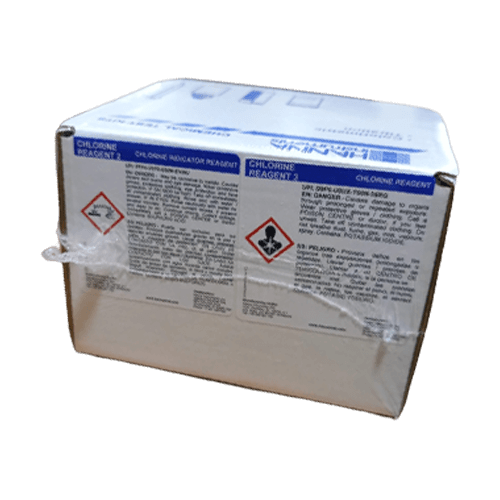





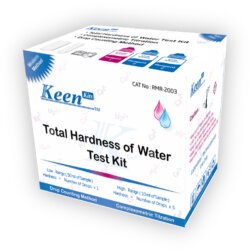
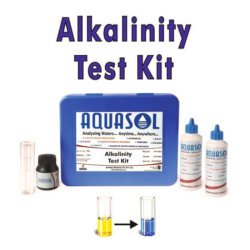
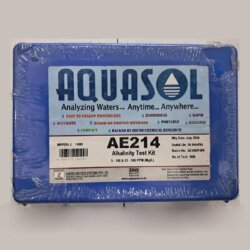
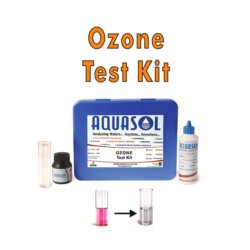
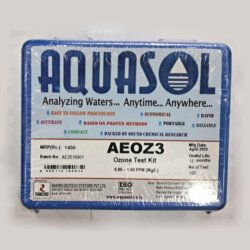
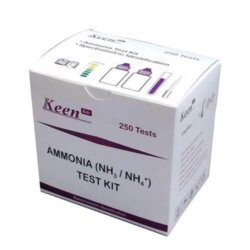
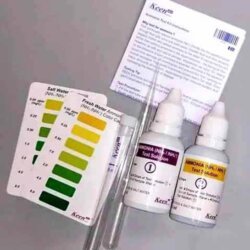
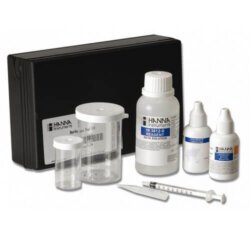

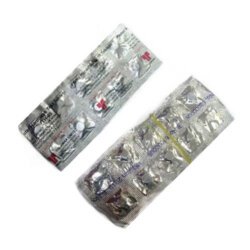
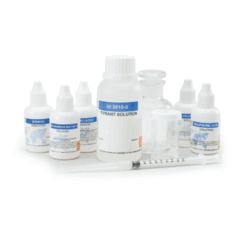
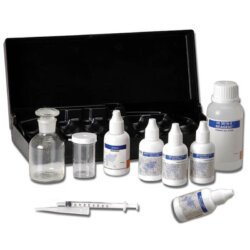


Reviews
There are no reviews yet.